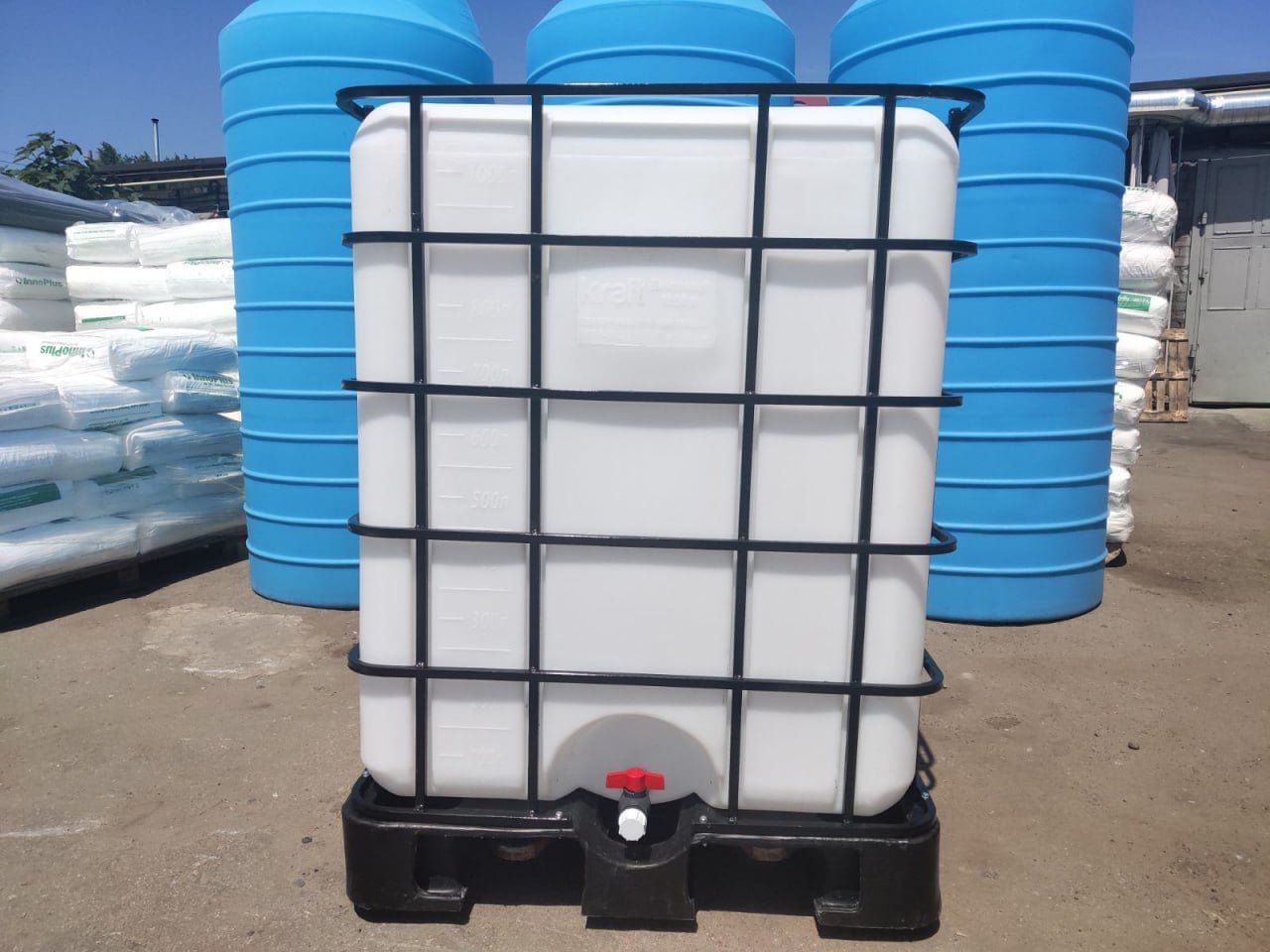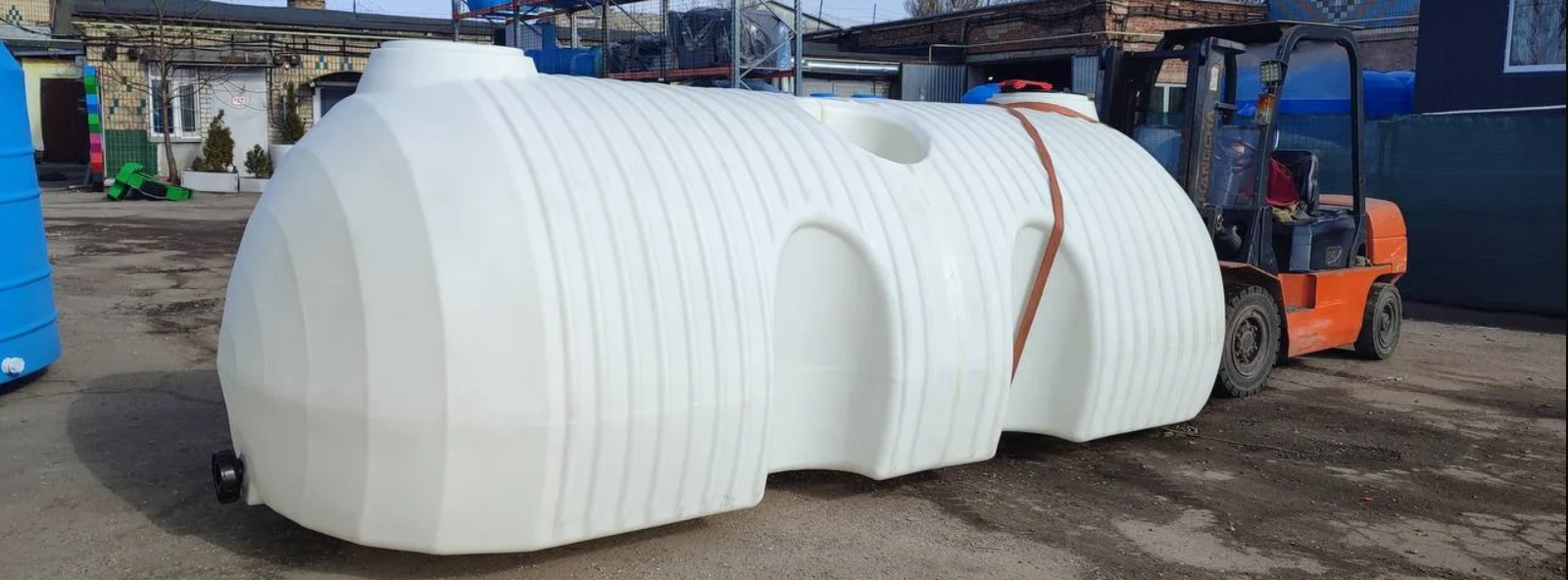How and where to collect rainwater

Is it possible to collect rainwater? This question is becoming increasingly relevant in the context of climate change and fresh water shortages. Water is one of the most important resources on Earth, and efficient use of natural sources can significantly reduce the burden on the environment. In this regard, collecting rainwater is of particular importance.
Rainwater is a gift from nature that can be used for various household needs. It can be used to water plants, wash cars, and in some cases even for drinking after appropriate purification. It is important to understand that collecting rainwater allows you to reduce the consumption of tap water, thereby reducing utility bills and reducing the burden on water resources.
We collect rainwater not only to save money, but also to protect the environment. When rainwater simply flows down the drain, it can contribute to soil erosion and water pollution. However, if it is collected and used correctly, you can reduce these negative effects and at the same time get a useful resource.
How to collect rainwater? There are several methods, including the use of barrels, tanks, and filtration systems. Special rainwater collection systems can be installed that direct rainfall into storage tanks. In this way, even small efforts can lead to significant water savings and an improved environmental situation.
Basic principles of proper rainwater collection
Rainwater collection is an effective way to save resources and reduce dependence on central water supply. The water obtained in this way can be used for irrigation, technical needs and even drinking after appropriate treatment. However, it is important to understand how to collect rainwater in order to minimize pollution and use the natural resource as efficiently as possible.
Selecting a suitable surface for collecting water
Most often, water collection surfaces are roofs of houses covered with materials that are safe for health. For example, metal or ceramic coatings are preferable to bitumen, as they are less susceptible to the leaching of harmful substances. Cleaning the gutters and filtering the water at the inlet also help to reduce the level of pollution.
Properly designed rainwater collection system
A proper and effective rainwater collection system includes:
- downpipes;
- filters;
- storage tanks
- pumps, if necessary.
Filtration plays a key role, as it prevents leaves, sand and other contaminants from getting into the tank. The tank itself should be made of safe materials, such as food-grade plastic or stainless steel, and be located in a place protected from sunlight to avoid algae growth.
System maintenance
Cleaning filters, checking the integrity of the tank and monitoring the water quality help to avoid damage and maintain the efficiency of the entire system.
Properly organized collection of rainwater at a summer cottage, private house or other facility can become a reliable source of moisture for household needs, promoting the rational use of natural resources.
How best to collect rainwater: three popular options
Efficient methods of collecting rainwater are very interesting for owners of country houses and summer residents who are looking for practical solutions for using natural precipitation. One of the main questions is how to collect rainwater at a summer cottage in order to use it most effectively in the household.
Option 1: using barrels and containers
The simplest and most accessible option is to install barrels or plastic containers under drainpipes. This method requires minimal investment and is easy to implement without complex technical solutions. It is enough to place the container in a convenient place and equip it with a lid or mesh to prevent water contamination with leaves and debris.
Option 2: underground water storage systems
A more advanced option is to use underground tanks. They are sealed underground wells made of plastic and/or plastic tanks installed underground, where rainwater flows through pipes. This method allows you to store large volumes of water, protecting the liquid from contamination and evaporation. Such systems are ideal for regular use in everyday life, for example, when you need to collect rainwater to water the garden or lawn.
Option 3: drainage systems with filtration
Modern systems that provide productive collection of rainwater often include filtration units that allow you to purify the water before using it. This is especially useful if the water will be used not only for irrigation, but also for household needs, such as washing a car or cleaning the area. Drainage systems can include pumps, filters, and pipes for more efficient distribution of collected water.
Arrangement of a water collection system: a step-by-step algorithm
When choosing a method for collecting rainwater, it is important to consider the amount of precipitation in your region, the area of the roof, and the purpose of using the water.
- Choose a system option. A simple and budget option is barrels or plastic containers. Use plastic containers of different sizes. They are easy to install and maintain, but they are not always suitable for storing large volumes of water. If you are looking for a more durable and capacious solution, then underground tanks or filtration systems will be the best choice. Capacious structures can hold hundreds and even thousands of liters of water. They can be above ground and underground. Such storage facilities ensure long-term storage of water without evaporation and pollution.
- Drainage system. To collect rainwater at your dacha, build a system of gutters and drains that will redirect precipitation falling on the roof to barrels installed on the ground or to underground storage wells (reservoirs).
- Filtration system. To clean rainwater from debris, use special nets and filters that prevent leaves and dirt from getting into the container.
- Maintenance. To maintain the purity of the water and the durability of the tanks, it is necessary to periodically clean the tanks from sediment, check the tightness of the connections and filter the water before use. Regular maintenance will help to avoid contamination and extend the service life of the equipment.
This is how you can collect rainwater from the roof and effectively use it in the household.
Tank requirements
One of the key issues associated with the use of collected precipitation is the storage of rainwater, for which there are several solutions. You just need to choose the best option based on your needs, water volumes and operating conditions. When choosing a tank for storing rainwater, it is important to consider the following parameters:
- Material. Tanks are made of metal, concrete (reinforced concrete) and plastic. Polymer products are in growing demand. They are lightweight, corrosion-resistant and affordable.
- Volume. For a small area, tanks with a capacity of 200-500 liters are suitable, and for household needs, it is better to choose tanks with a capacity of 1000 liters or more.
- Installation location. If the territory is limited, you can choose underground storage tanks that will not take up useful space.
The choice of a rainwater storage system depends on the customer’s needs, budget and operating conditions. Barrels are suitable for small volumes, cisterns and reservoirs for long-term storage, and specialized storage systems will help to effectively distribute water. A competent approach to the selection and maintenance of tanks will ensure reliable and long-term use of rainwater.
Custom-made plastic tanks from KRAFT
The specialized company KRAFT offers a wide range of barrels, tanks and reservoirs for storing water. One of the most convenient and popular options is custom-made plastic tanks. They are manufactured in various sizes and shapes, including according to customer drawings. Such products are suitable for storing large volumes of water, are resistant to temperature changes and are not subject to corrosion. A custom order allows you to choose the optimal parameters that meet specific requirements.
It will also be interesting
Do you need a consultation?

Sales Manager
Alexandra
Fill out the form and we will be in touch to answer your questions






